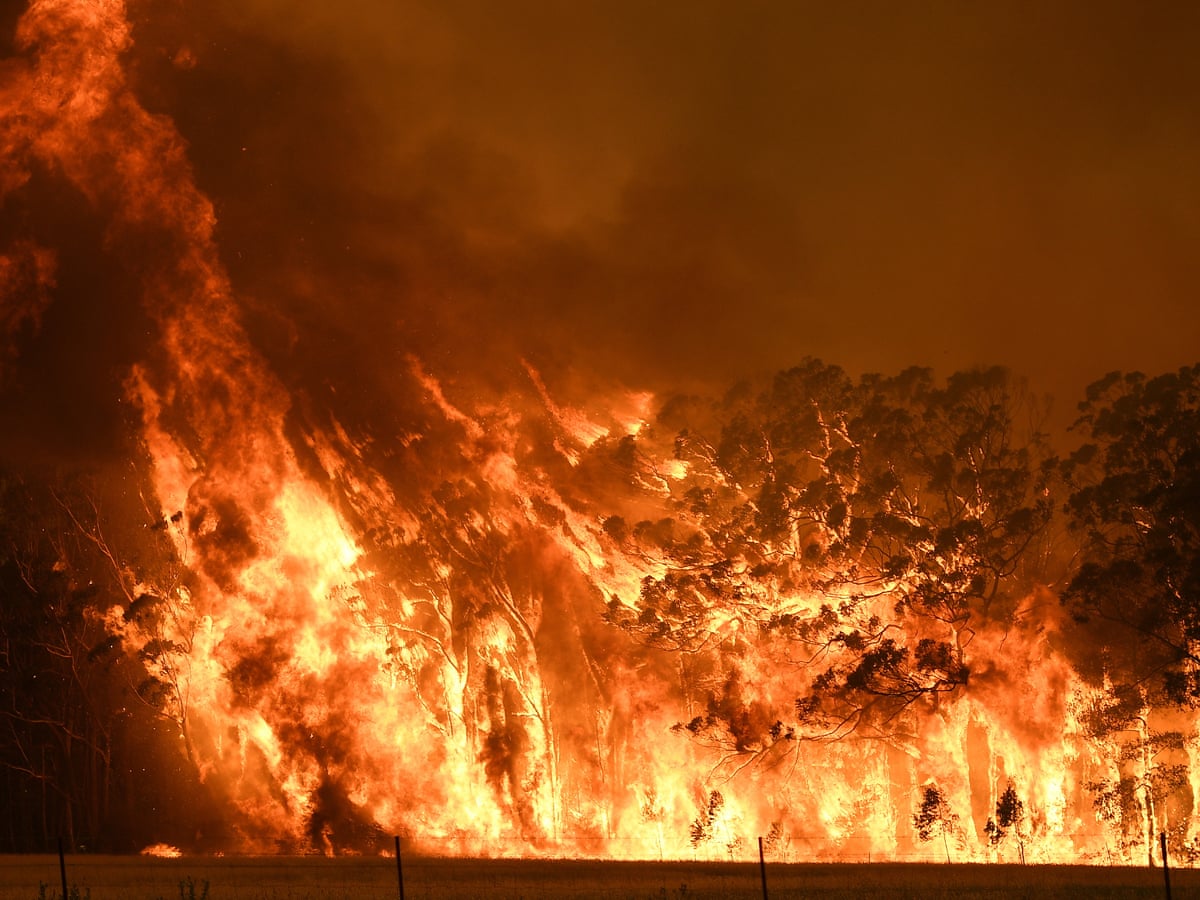Navigating Home Safety And Security: Recognizing the Significance of a BAL Report
Navigating Home Safety And Security: Recognizing the Significance of a BAL Report
Blog Article
How BAL Record Impacts Shrub Fire Defense Measures
In the realm of bush fire protection, the Building Strike Degree (BAL) record stands as a vital device that significantly affects the security and strength of properties in fire-prone areas - BAL Report. The influence of a BAL evaluation extends far past plain documents; it acts as the cornerstone for figuring out the proper building and construction standards and fire protection actions needed to reduce the dangers postured by bushfires. As areas grapple with progressively serious fire periods, comprehending how the BAL report forms these safety steps ends up being paramount for builders, policymakers, and homeowners alike
Comprehending the Bushfire Attack Degree

Relevance of BAL Record Assessment

Additionally, the BAL record analysis works as a fundamental action in complying with lawful responsibilities and requirements connected to bushfire protection. Local councils and authorities frequently mandate the submission of a BAL record as component of the preparation and building approval process to make certain that buildings are appropriately protected against bushfire dangers. Stopping working to conduct an extensive BAL report assessment can result in inadequate protection measures, leaving buildings prone to ravaging bushfire incidents.
Construction Requirements Based Upon BAL
A detailed understanding of the Bushfire Strike Degree (BAL) makes it possible for homeowner to carry out construction standards customized to their details threat account. Building and construction standards based on BAL are vital in alleviating the impact of bushfires on residential or commercial properties. The BAL rating classifies the possible threat a home faces throughout a bushfire on a scale from BAL-Low to BAL-FZ (Fire Area) Each BAL degree corresponds to particular construction requirements outlined in the Australian Typical AS3959-2018 Construction of Buildings in Bushfire-Prone Areas. Homes identified as BAL-Low may just call for fundamental measures such as removing debris and maintaining yards, while those in greater BAL classifications require more durable steps like cinder screens, fire-resistant materials, and secured home windows. Following these building and construction standards not just Resources enhances the structural resilience of the residential property yet additionally boosts the general safety of locals during a bushfire occasion. For that reason, homeowner need to thoroughly consider their BAL score and abide with the equivalent construction criteria to effectively safeguard their homes and owners.
Implementing Fire Protection Steps
With the structure of construction standards based on Bushfire Strike Level (BAL) in place, the emphasis currently moves towards the practical implementation of fire protection procedures to fortify homes versus bushfire threats. Easy actions consist of making use of fire-resistant building materials, installing ash guards on vents, securing spaces in roofing systems and walls, and maintaining a clear space around the residential property free from flammable greenery. By integrating both passive and active techniques, homes can substantially lower their susceptability to bushfire incidents and increase the safety of residents.
Shielding Houses Versus Bushfires
Properly safeguarding homes against the destructive influences of bushfires needs a proactive and comprehensive strategy to fire security actions. House owners living in bushfire-prone areas have to prioritize the implementation of various techniques to enhance their residential or commercial property's strength versus wildfires. One essential element is creating a defensible space around the home by preserving a clear zone cost-free of flammable products. This includes regularly cutting plants, removing dead plants, and making certain a secure distance in between trees and frameworks. Installing fire-resistant roof materials can index additionally considerably minimize the danger of ember attacks and direct flame contact. In addition, sealing spaces and vents to stop ash intrusion, as well as including fire-resistant doors and windows, can help strengthen the home's protection against bushfires. Buying a reputable water source, such as a well-kept automatic sprinkler or a dedicated water tank, is critical for providing water during fire emergencies - BAL Report. By embracing a proactive position and incorporating these protective steps, home owners can considerably raise their opportunities of securing their homes against bushfires.
Verdict
Finally, the Bushfire Strike Level (BAL) record plays an important duty in figuring out the necessary security actions against bushfires. By evaluating the BAL, building criteria can basics be tailored to mitigate the dangers and make certain the safety and security of homes in fire-prone areas. Executing fire security steps based upon the BAL record is crucial in securing buildings from potential bushfire risks. It is necessary for home owners to focus on BAL evaluations and stick to advised construction requirements to enhance bushfire durability.
In analyzing bushfire threat to residential or commercial properties, understanding the Bushfire Strike Degree (BAL) is a critical part for carrying out reliable defense procedures. On the whole, a clear understanding of the Bushfire Attack Degree is vital for applying adequate defense procedures and alleviating the influence of bushfires on homes.

Report this page